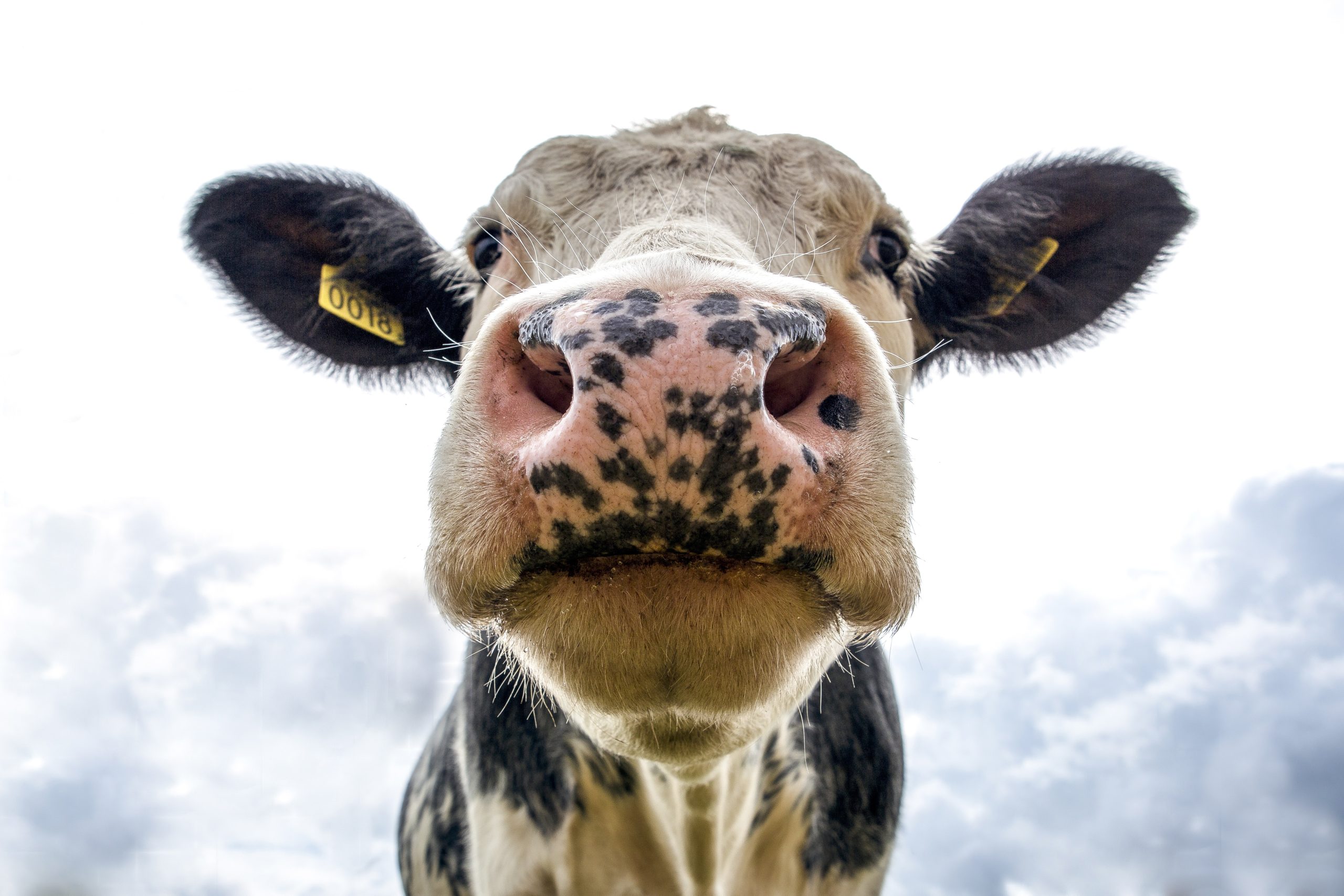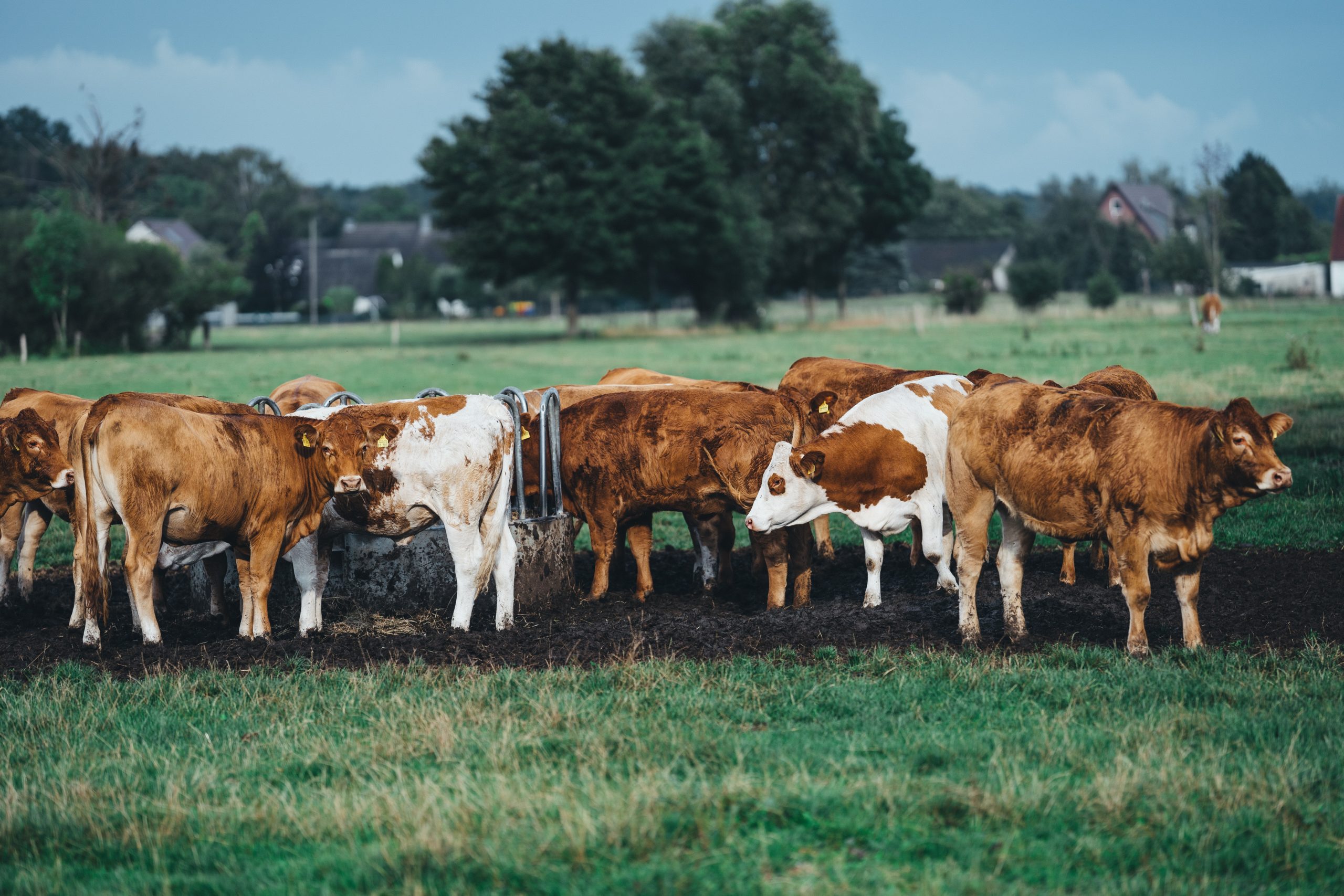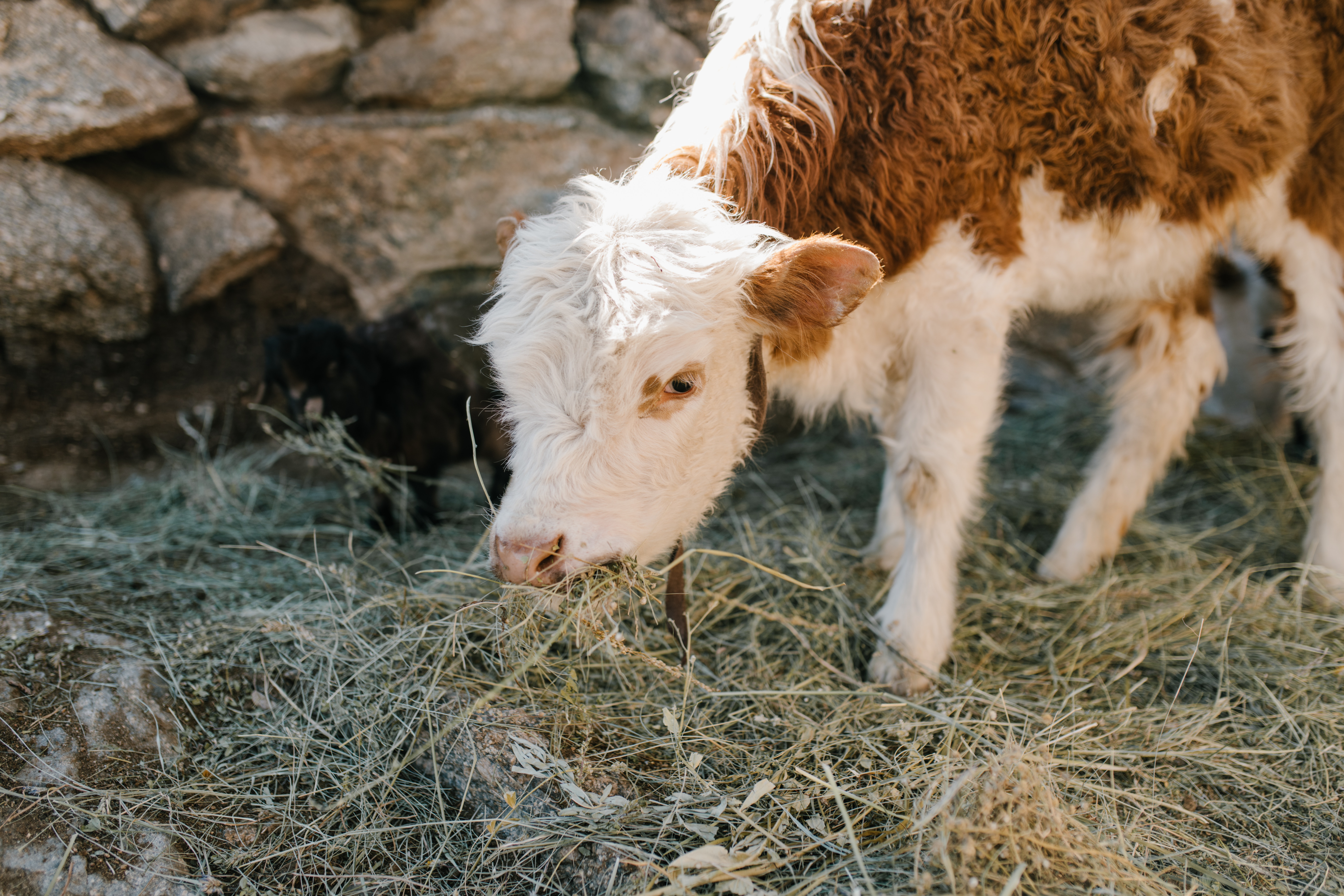Heavy rainfall and floods during the warm summer months can increase the risk of flystrike. It is a major sheep welfare problem and sheep owners must actively control flystrike.
Fleece rot during a wet summer and after flood
Continual wetting of fleeces without drying leads to skin damage and the release of extra protein which, in turn, encourages bacterial overgrowth. This makes the wet fleece even more attractive to flies.
Fleece rot, dermatophilosis and other forms of bacterial stain are very common during a wet summer and after floods. Dermatophilosis on the lower limbs of sheep is widely reported during heavy rain periods and when floods have occurred, it can incite flystrike about the feet or between the claws of the feet.
All types of sheep are susceptible to being struck during wet seasons. Even Boer goat bucks have been reported as experiencing flystrike about their polls as a result of injuries sustained from fighting, and flystrike can occur in fibre-breeds of goats such as Cashmere and Angora.
Management of flystrike risks
Regular inspections of all sheep mobs and goat flocks are vital. Sheep must be inspected at least every two days if a preventative chemical has not been applied.
If a long-active preventative has been applied, regular though less frequent inspection is warranted during a wet summer to identify sheep struck where the chemical was not applied, or when rain after application has rinsed the chemical out of the fleece.
For high-risk mobs, the following management tools may help to prevent severe strike and possible stock or wool losses:
- Crutch, dag and pizzle ring susceptible sheep or mobs.
- Emergency shear individuals or mobs to prevent or control body strike. Appropriate disposal of struck wool helps reduce fly numbers.
- Control scouring by good nutritional and pasture management and with appropriate worm control.
- Feed good quality hay when pastures are lush to help bind faecal material, reducing dags and flystrike.
- Ensure clean drinking water is available where possible to reduce risk of scouring.
- Move susceptible stock to low-risk paddocks if possible, such as higher ground that is likely to remain drier. Fly numbers also decrease at higher altitudes.
Windier paddocks. Fly numbers decrease as wind velocity increases as flies dislike wind.
Cleaner paddocksu00a0with fewer scrubby areas.u00a0Scrubby areas increase humidity and decrease wind flow increasing fly numbers.
Flytrapsu00a0may reduce the number of flies around the home, but the Australian Sheep CRC has found them not to be effective in controlling sheep blowfly.
Using preventative treatments
If you are able to obtain some chemical for preventative treatments, such as jetting or dipping, prioritise its use for at-risk mobs of sheep, particularly weaners, ewes about to lamb and those with a high incidence of fleece rot or dermatophilosis.
Sheep must be inspected every two days if a preventative chemical has not been applied.
Keep to a minimum the times when you know you will not be available for monitoring and treating struck sheep.
Always apply the chemical according to label directions.
Be aware of the potential conflicts caused by withholding periods (particularly the Wool Re-handling Interval), the Wool Harvest Interval ( the period before shearing), the Export Slaughter Interval and Meat Withholding Periods.
This is necessary to protect the health of you, your staff and our export markets.
During very wet summers preceded by a wet spring, preventative chemical use in eastern Australia can be high. Therefore there is a risk of chemical contamination, with few untreated u2018cleanu2019 fleeces available.
Treating struck sheep is vital
Look for sheep that are lagging behind the flock and, if standing at ease, show irritation to some part of their body, such as trying to nibble at a particular part of their body or feet.
These sheep must be caught and treated.
- Remove struck sheep from the mob. Leaving struck sheep in the mob attracts blowflies.
- The affected region should be clipped short of wool to expose all of the affected area, both the struck portion and where the exudate stain has run or spread.
- A clean margin of 2 to 3 centimetres about the area must be left; even more, if long fleeces are likely to hang over the area when the sheep is standing.
- The clipped area must be dressed with a chemical registered for the treatment of flystrike and reapplied according to the manufactureru2019s directions on the label.
- The fleece removed from the struck area should be placed into a black plastic bag and left in the sun; the heat generated inside the bag will kill the fly maggots, preventing future generations from attacking your flock.
- Consider culling sheep that have been struck this year as part of your strategy to produce a more flystrike resistant flock.
By Agriculture Victoria – Last updated 1 February 2011



